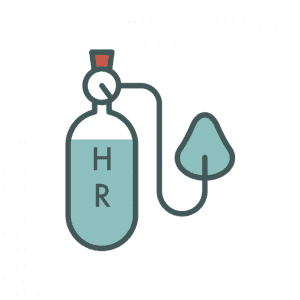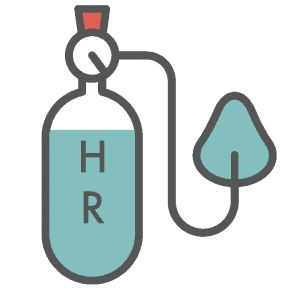I need to clear something up! What do we actually mean by employee wellbeing?
To this day, wellbeing remains a hotly contested word, with various definitions and spellings and still remains “conceptually muddy. What I can assure you though – it definitely isn’t ‘wellness’.
“Workplace wellness” is usually linked with the word “health” and unsurprisingly the focus is mostly on employee physical health such as being at a healthy weight, nutrition, exercise, gym membership and stopping smoking etc. All extremely worthwhile and creditable for sure, but they alone, will not drive increased employee engagement or add to your business profits. They are nice to have’s – not essentials, if you are striving for profit and productivity boosts.
Wellbeing, on the other hand, embraces more than just physical health. It includes a positive mental state, emotions, and moods; a state of good health, happiness, fulfilment, purpose and engagement. And the engagement, from a workplace standpoint, is the emotional connection employees have with their work, their colleagues, their employer, and what they are positively gaining from working there. Make sense?
There is unequivocally a clear line of correlation between employee wellbeing and organisational profits– fact – and study after study prove the case.
In 2015-16, work-related stress accounted for 45 per cent of all working days lost due to ill health in the UK. The total number of working days lost due to work-related stress, anxiety and depression was an average of 24 days per case.
However, absence is just the tip of the cost iceberg. A recent wellbeing study by Deloitte showed that only 2 in 5 employees are working at peak performance and that presenteeism from mental ill health alone costs the UK economy £15.1 billion per annum, which is almost twice the business cost as actual absence.
Presenteeism is the loss in productivity that occurs when employees come to work but function at less than full capacity because of ill health. Turnover costs are the cost of replacing staff who leave their job.
The split of this £15b was estimated at around 10 per cent due to the cost of replacing staff, 30 per cent cost due to sickness absence, and a whopping 60 per cent cost due to reduced productivity at work – shocking isn’t it? Let’s just leave that figure there for a moment. Absent employees are LESS costly to you then the employees who ARE in the office, but not functioning at capacity.
The Deloitte report further suggests that improving the management of wellbeing in the workplace, including prevention and early identification of problems could enable employers to save 30 per cent or more of these costs £15b costs.
Big business and sharp FTSE CEO’S already get it. In an extensive 2018 study it was reported that six in 10 boards say that the wellbeing of staff is their TOP concern. And they didn’t sugar coat their reasons either – they were honest that this was their top concern, because they understand that employee wellbeing ultimately improved business results. Wellbeing2 = profits10
So, we know that healthy, happy workers lead to healthy, happy and successful organisations. If you want to increase productivity and boost your profits this year, employee wellbeing needs to be at the top of your agenda.
You can make a start by swinging along to our workshop on 5 July where Lucy Whitehall*, Meraki’s employee wellbeing expert and positive psychologist, will explain much more about what we mean by employee well-being and be offering her top tips about introducing an employee well-being strategy into your business. This is no doubt going to be a popular workshop, so book your place now to save your seat!
* Lucy is a Positive Psychologist and trainer, specialising in workplace wellbeing and performance and a passionate believer in the power of wellbeing to drive success and excellence at both an individual and organisational level.
Her background in HR, business development and project management mean she draws on a strong commercial acumen, as well as specific expertise in the fields of Positive Psychology, Wellbeing, and Neuroscience, to help individuals and organisations access their innate strengths and resilience, enabling them to flourish and thrive.





















